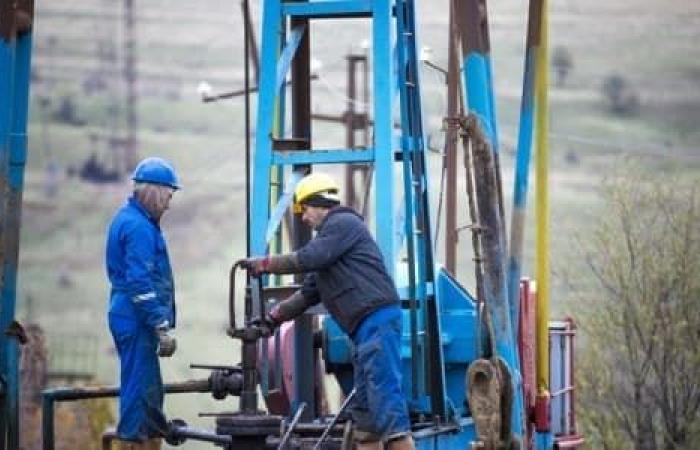As the world moves from fossil fuels to renewable alternatives, we inevitably see job losses in the oil and gas sector across the world. Meanwhile, the number of jobs in renewable energy is increasing in tandem with capacity expansion. Many who have worked in the oil and gas sector are ideal candidates for the clean energy sector as they have extensive energy experience, as well as the skills needed to support operations. Therefore, governments and the private energy sector must put in place mechanisms to facilitate the transition of workers to other fields and support the growth of the green energy sector. In addition, governments around the world must consider possible ways to overcome geographical barriers to the shift from fossil fuels to renewable energy.
During the Covid-19 pandemic, many oil and gas companies were forced to lay off workers due to the dramatic drop in global energy demand. However, with global energy demand surging, many companies have recalled workers. However, the global shift from fossil fuels to renewable alternatives means that there are fewer jobs in the oil and gas sector than before, leaving many workers without jobs to return to. However, there are more jobs in the energy sector today than there were in 2019, largely due to the notable growth in clean energy, a sector that now employs more workers than fossil fuels.
According to the IEA, employment in the energy sector reached almost 67 million in 2022 – up 3.4 million from pre-pandemic levels. While clean energy sectors added 4.7 million jobs between 2019 and 2022, for a total of 35 million, fossil fuel employment was slow to recover after the pandemic, meaning that in 2022 it remained about 1.3 million below pre-pandemic employment, at 32 million. Most of the job growth was in solar photovoltaics, wind, electric vehicles (EVs) and battery manufacturing, heat pumps, and critical minerals extraction, together employing about 9 million workers, with the solar photovoltaics sector alone accounting for about 4 million jobs. In addition to operational jobs, significant growth was seen in construction and manufacturing, contributing about half of clean energy jobs.
As the number of clean energy jobs grows, companies around the world cite a lack of skilled labor as a major barrier to expanding capacity, according to an IEA survey of 160 energy companies worldwide. The report found that the number of workers enrolling in degrees or certifications relevant to energy jobs falls far short of growing demand. IEA Executive Director Fatih Birol explained: “The unprecedented acceleration we have seen in clean energy transitions is creating millions of new job opportunities around the world, but these are not being filled fast enough.” Birol added: “Governments, industry and educational institutions must put in place programmes to provide the necessary expertise in the energy sector to keep pace with growing demand, including to manufacture and build the clean energy projects needed to meet our energy and climate goals.”
In Britain, jobs in the North Sea oil and gas sector fell by 28% between 2015 and 2022, from 38,100 to 27,600, while the number of clean energy jobs increased by 29%, to 26,600, showing a clear shift in opportunities. Clean energy jobs are growing even as the ruling Conservative Party has reduced its support for onshore wind and solar power. Jonathan Noronha-Gant, senior campaigner at Global Witness, said: “Rather than beating this already dead horse, the government must face reality and fully support renewable energy industries, and ensure the creation of well-paid jobs in the sector, with good conditions for British workers… This would both improve energy security and reduce emissions.”
Meanwhile, in the United States, clean energy jobs are growing, but they are highly dependent on geography. A 2023 report in the journal Nature Communications suggested that while many workers have the skills needed to transition from the fossil fuel industry to the clean energy sector, geography is a major barrier. The study analyzed 14 years of data on fossil fuel employment and skills and found that many workers are expected to relocate to work in clean energy as new renewable energy regions emerge in less conventional areas of the United States. The report said that without careful planning and targeted policies, it is estimated that only about 2% of fossil fuel workers involved in extraction will transition to green jobs this decade.
While the number of jobs in fossil fuels has declined and continues to decline, opportunities in clean energy are increasing. The global green transition is driving a shift in energy jobs. There is enormous potential to establish mechanisms that support the transition of workers from the fossil fuel industry to the clean energy sector through government and private sector support. However, barriers such as geography continue to stand in the way of this transition, meaning more needs to be done to ensure that oil workers are not left unemployed and that clean energy companies can find the talent needed to accelerate the increase in energy capacity needed to power a green transition.
Par Felicity Bradstock pour Oilprice.com
More recommended reading from Oilprice.com:






